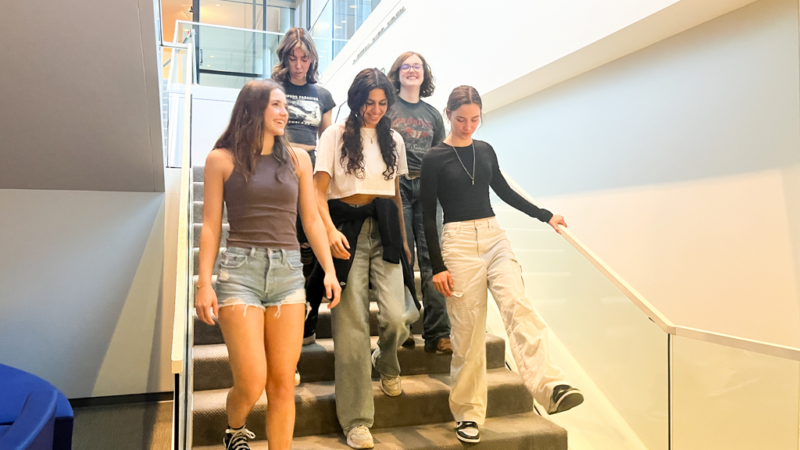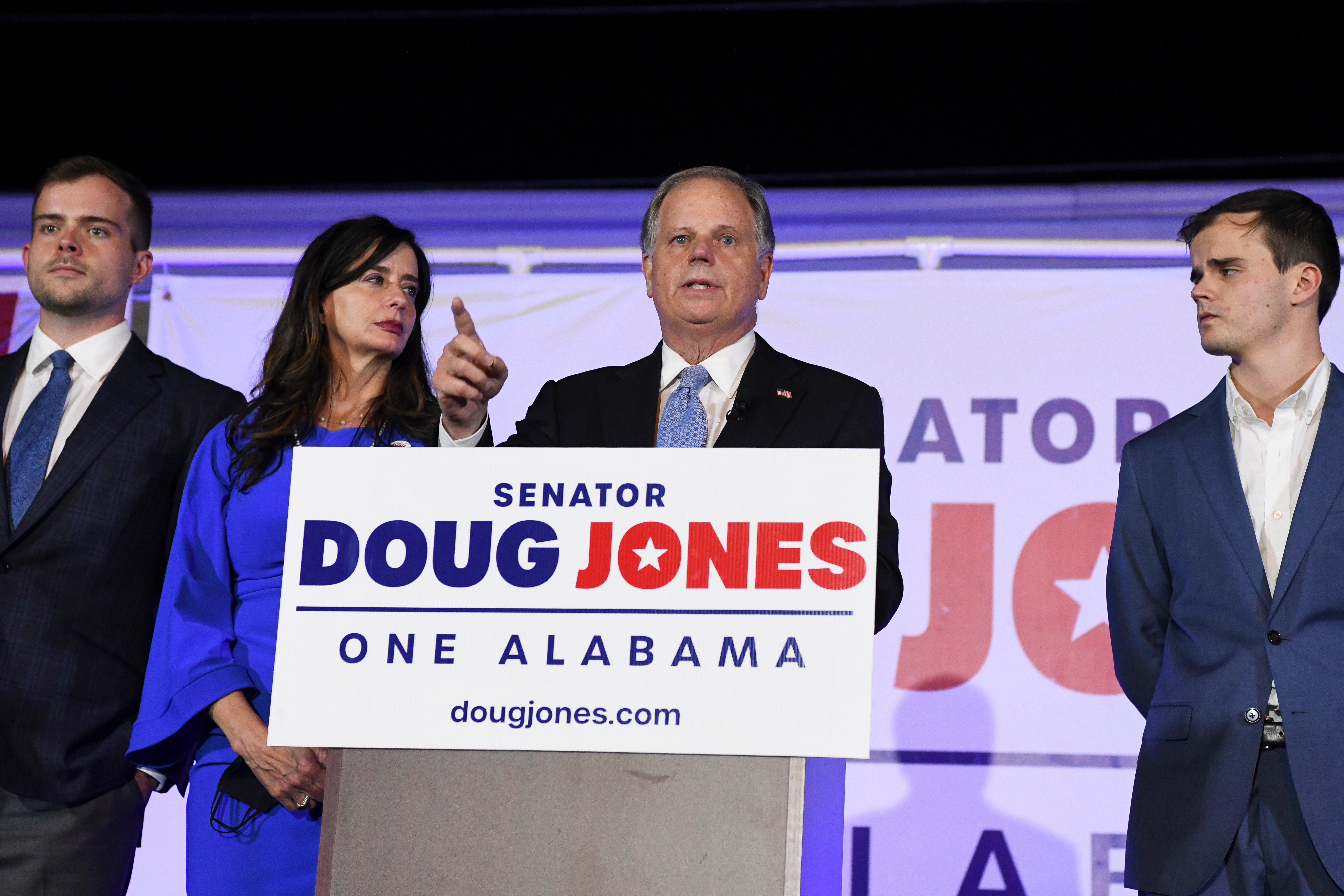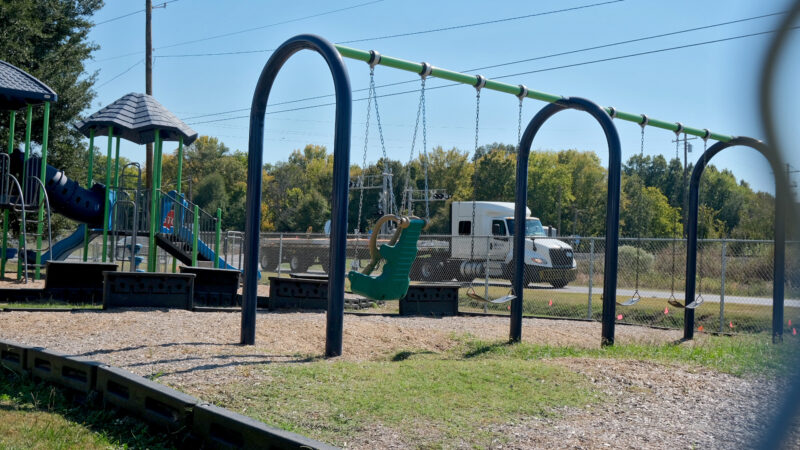Report: (Smaller) Museums should make admission free
Museums in the United States are expensive; the Metropolitan Museum of Art, the Philadelphia Museum of Art and the San Francisco Museum of Art, among others, are now charging a $30 entry fee for adults.
Of course, there are deals to be swung: many institutions offer free entry or discounts on specific days or for particular groups, such as children, students and members of the military. Even so, the cost of entry is a significant barrier to would-be museum-goers.
A new study out Thursday makes the case for scrapping museum admission fees entirely — though it doesn’t tackle how the country’s already cash-strapped art institutions might make up for any budget shortfall arising from going free.
The museum think tank Remuseum‘s Access, Scale & Market Share report, which analyzes the operating costs and visitor numbers of more than 150 art museums in the United States, says free admission drives greater attendance without raising costs to the museum, and greater attendance — not additional wings or more exhibit space — should be a priority when it comes to directing museum funds.
“Museums are not businesses. They’re philanthropic institutions, providing a public good for people,” said Stephen Reily, the founding director of Remuseum. He noted that museum admissions don’t generate profit, but instead subsidize the museum experience.
“The critical question is, what do museums want to subsidize? Do they want to subsidize more art storage or do they want to subsidize more access for visitors?”
And the most people come when a museum is free.
Going free makes sense in Wichita….
Until 2023, Wichita Art Museum in Kansas charged a $10 basic general admission fee for its permanent collection. Now the museum’s galleries, which include works by Mary Cassatt and Edward Hopper, are free. It only charges for special exhibitions.
Museum director and CEO Molly McFerson said visitorship is back to pre-pandemic levels, and that people are now regularly flowing in to see the permanent collection, instead of only showing up for big events, as they did when admission was charged. She said the museum budgets about the same amount of money per visitor.
“Going to free admission was the right thing for us to do — it serves our mission to connect people and art,” said McFerson. “It’s a signal to our community that we are here for them, that we are a resource, that they are not only welcome to visit, but encouraged to visit, and that we have removed barriers that may have stood in place of that.”
…but maybe not in New York
Going free might make sense for institutions in small- and medium-sized municipalities like the Wichita Art Museum, which relies on attracting a price-conscious local audience — and where ticket sales constituted only 1% of its operating budget before they were scrapped.

But it doesn’t necessarily make sense for major museums in big, global cities, which typically rely more heavily on ticket sales and an audience made up of both locals and a large number of tourists. These institutions tend to be massive operations with vast galleries, expensive art collections, and an assortment of cafes, bars and gift shops.
The Whitney Museum of American Art in New York is in this group. Standard adult entry is $30.
“ That might seem expensive and out of reach to some people,” said museum director Scott Rothkopf. “On the other hand, it’s still a heavily subsidized price if you think that our admissions revenue roughly contributes about 25% of our budget. So donors, our endowment — these are things that are all helping to essentially achieve the budget from a revenue perspective.”
The Whitney does offer a slew of discounted and free entry programs including free admission for those aged 25 and under.
Rothkopf said these programs, funded with grants, are very successful — attracting larger, more diverse, and younger audiences. He added that these specific offerings may not last forever, but he’s committed to making the museum as accessible as possible in the longer term.
“We want to expand access to art,” he said. “We are aware that admission fees can be a barrier. And we believe that a big part of our mission, which is to exhibit and collect art of the United States, is about connecting that art and those programs with people.”
Rothkopf added he cannot see the museum going completely admissions-free anytime soon.
“ We would have to have a radically different take on our budget and revenue — a huge increase in contributions to support something like that, other ideas around membership programs. You’d have to make up the revenue somewhere, is what I mean,” he said. “It’s a wonderful thing to contemplate, but not possible at this time for us.”
Jennifer Vanasco edited this story for air and web. Chloee Weiner mixed the audio.
Auburn tabs USF’s Alex Golesh as its next coach, replacing Hugh Freeze on the Plains
The 41-year-old Golesh, who was born in Russia and moved to the United State at age 7, is signing a six-year contract that averages more than $7 million annually to replace Hugh Freeze. Freeze was fired in early November after failing to fix Auburn’s offensive issues in three seasons on the Plains.
Alabama Power seeks to delay rate hike for new gas plant amid outcry
The state’s largest utility has proposed delaying the rate increase from its purchase of a $622 million natural gas plant until 2028.
Former U.S. Sen. Doug Jones announces run for Alabama governor
Jones announced his campaign Monday afternoon, hours after filing campaign paperwork with the Secretary of State's Office. His gubernatorial bid could set up a rematch with U.S. Sen. Tommy Tuberville, the Republican who defeated Jones in 2020 and is now running for governor.
Scorching Saturdays: The rising heat threat inside football stadiums
Excessive heat and more frequent medical incidents in Southern college football stadiums could be a warning sign for universities across the country.
Judge orders new Alabama Senate map after ruling found racial gerrymandering
U.S. District Judge Anna Manasco, appointed by President Donald Trump during his first term, issued the ruling Monday putting a new court-selected map in place for the 2026 and 2030 elections.
Construction on Meta’s largest data center brings 600% crash spike, chaos to rural Louisiana
An investigation from the Gulf States Newsroom found that trucks contracted to work at the Meta facility are causing delays and dangerous roads in Holly Ridge.









